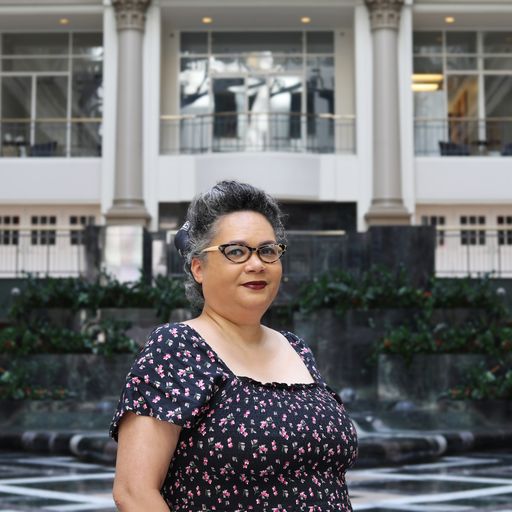When the internet first became mainstream in the 1990s, it was seen as a bit of a novelty outside of the tech space — a luxury for households that could afford a computer, a phone line and a monthly AOL fee.
The COVID-19 lockdown almost 30 years later made one thing clear: The internet is not a luxury anymore.
Without it, children are at a disadvantage in school, healthcare access is reduced and job prospects are limited. During the height of the pandemic, the internet was, for some, the only way to visit with hospitalized family members, shop for groceries or apply for benefits.
The CARES Act, supporting COVID-19 recovery, defines internet service as a utility. The federal government also offers internet benefits to low-income families in the US via the Affordable Connectivity Program (ACP), offsetting reduced rates set by internet service providers, such as Comcast.
Since the passage of the 2021 federal infrastructure package, high-speed internet access for everyone has been prioritized, and it’s looking like Wi-Fi will eventually be as accessible as electricity. Don’t forget, though: There’s more to internet access than infrastructure, maintains Bret Perkins, Comcast’s SVP of external and government affairs.
“We can put networks and get everyone connected and still not have digital equity,” Perkins said to Technical.ly’s Chris Wink in an Introduced video conversation during Philly Tech Week 2022 presented by Comcast. “To get the full value out of having people connected to this technology that comes with skills and use, are folks trained? Do they have the ability to use this technology to, do telehealth, do online banking, get training to open up a business? We can’t stop at, ‘Hey, let’s just get it connected.'”
Alongside efforts like local government-backed digital navigator programs, Comcast itself is working to reduce that access and information gap. It’s also been criticized for not doing enough, as one of the mid-Atlantic’s largest internet suppliers, and the largest private employer in its hometown of Philadelphia, where a quarter of residents still don’t have internet access.
Last year, the corporation boosted speeds of its Internet Essentials service for low-income customers to 50 Mbps download and 5 Mbps upload for $9.95 per month. More recently, Comcast introduced Internet Essentials Plus, which offers twice the download speed (up to 100 Mbps ) of that service for $29.95 per month. Both are free for Americans who qualify for ACP. Those boosts came after plenty of public calls to do more — but should be considered as part of Comcast’s ongoing commitment to improving its services and increasing its contributions to digital equity, company reps have told Technical.ly.
But despite increased access, more digital literacy is needed, Perkins argued. Solving that problem will take community collaboration.
“We can’t take our eye off the ball, that there are still folks that for any number of reasons aren’t connected to the service, even though they have it in front of their house,” he said. “But I do think that the place where we’ve got to put more attention is around the skills and the use of this. We have an ecosystem evolving here. We want to be able to attract businesses and have small startups that have the talent and they can use this technology. We have a whole universe of entrepreneurs, single proprietors, who now know that they need to have an online presence. What does it take to transition businesses and individuals from being able to turn on a computer to use that computer for things like a job or starting a business or getting an education or improving their health care?”
Community efforts with this goal of access and information in mind include Temple University’s new Digital Equity Center, which brings boosted computer access to North Philadelphia neighborhoods, and Baltimore organizations such as PCs for People and Project Waves.
And partnerships can mean reaching more people in need, Perkins said.
“We had been working at Comcast on a project to create these opportunities to buy Internet Essentials in bulk, and when the pandemic hit, we ended up accelerating that at the request of our partners, and that led to us being able to partner with the City of Philadelphia and a number of other folks to launch PHLConnectED,” Perkins said. “You start with, ‘Hey, the network is everything.’ And then you get to connectivity for folks in a range of ways, including folks who up until the pandemic really sat on the other side of the of the digital divide.”
Watch the full video:
Before you go...
Please consider supporting Technical.ly to keep our independent journalism strong. Unlike most business-focused media outlets, we don’t have a paywall. Instead, we count on your personal and organizational support.
Join our growing Slack community
Join 5,000 tech professionals and entrepreneurs in our community Slack today!





